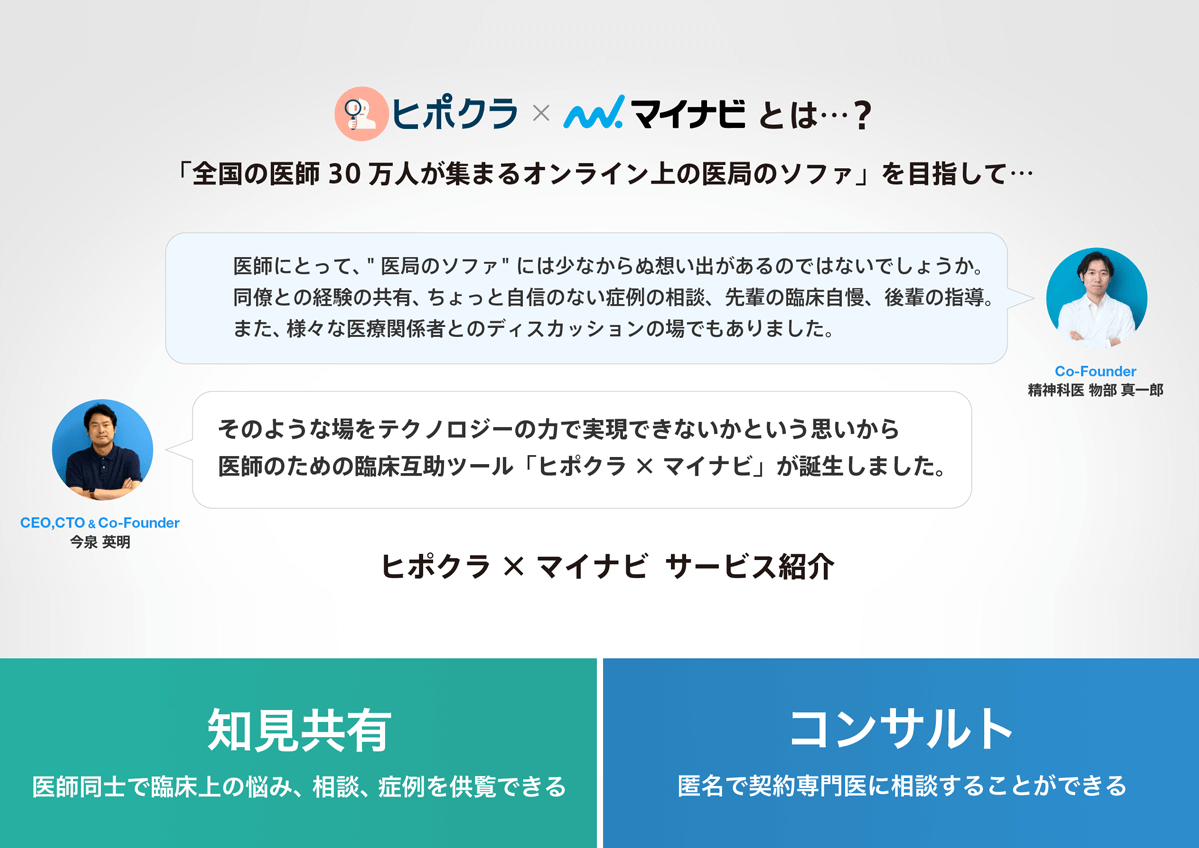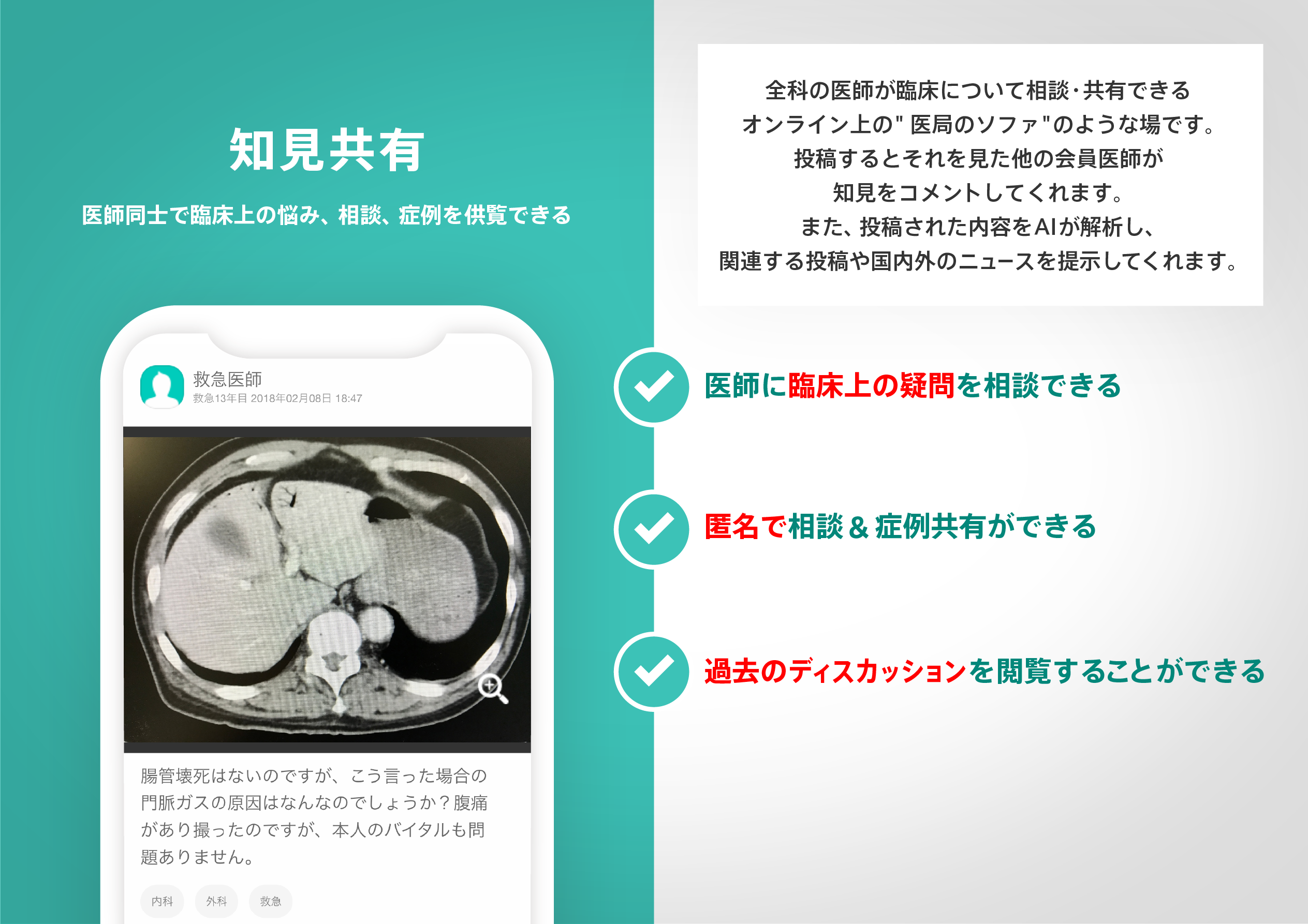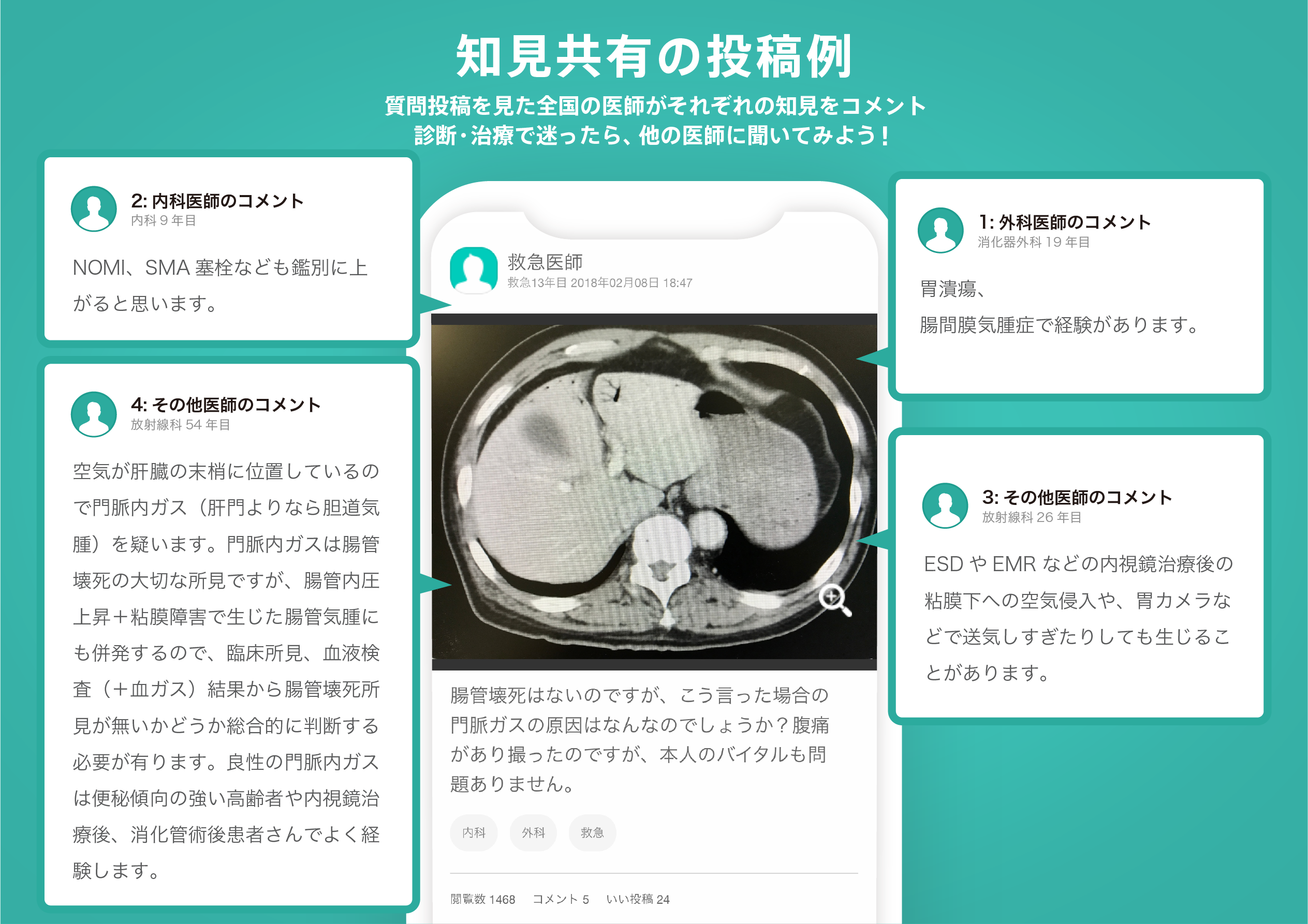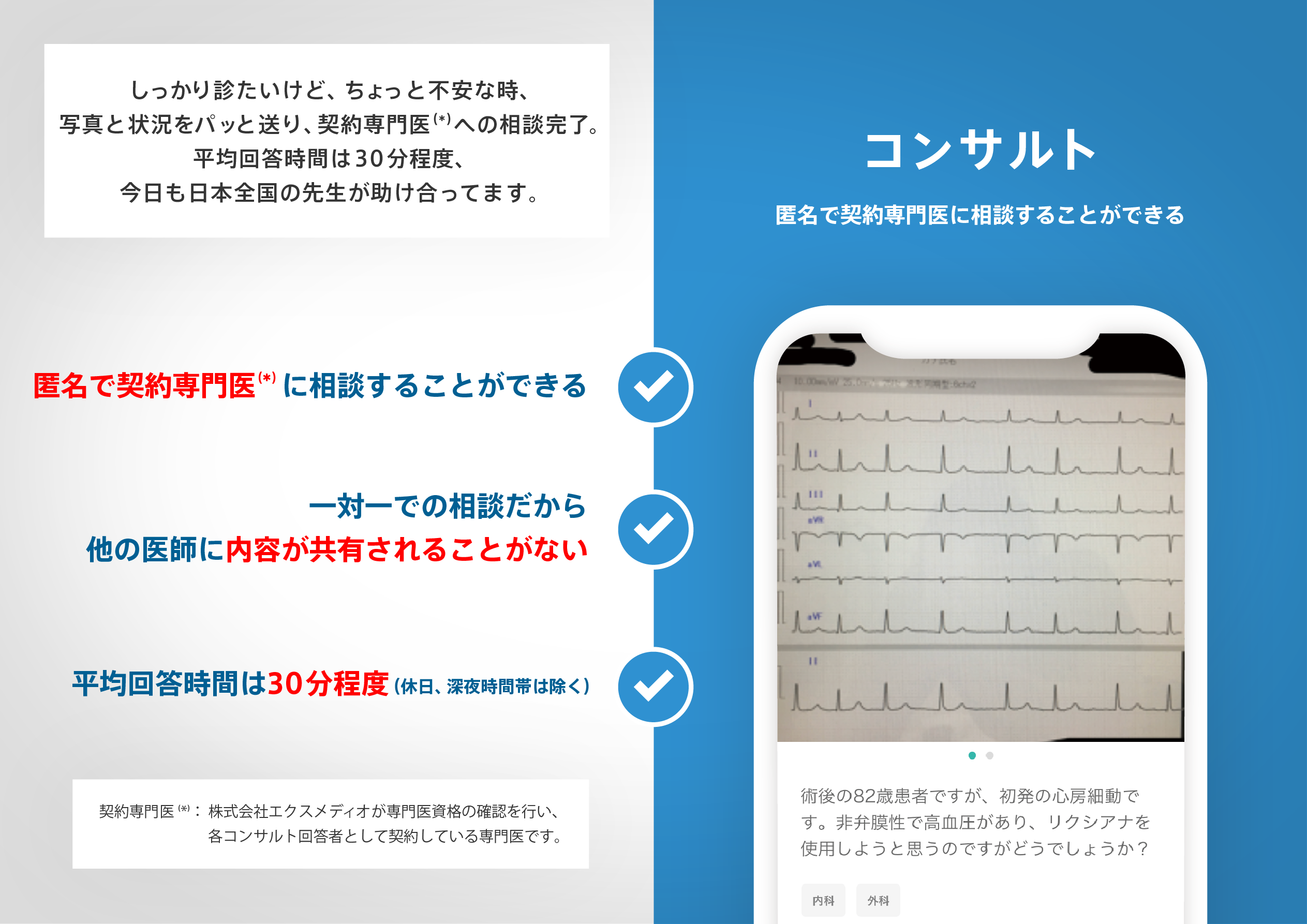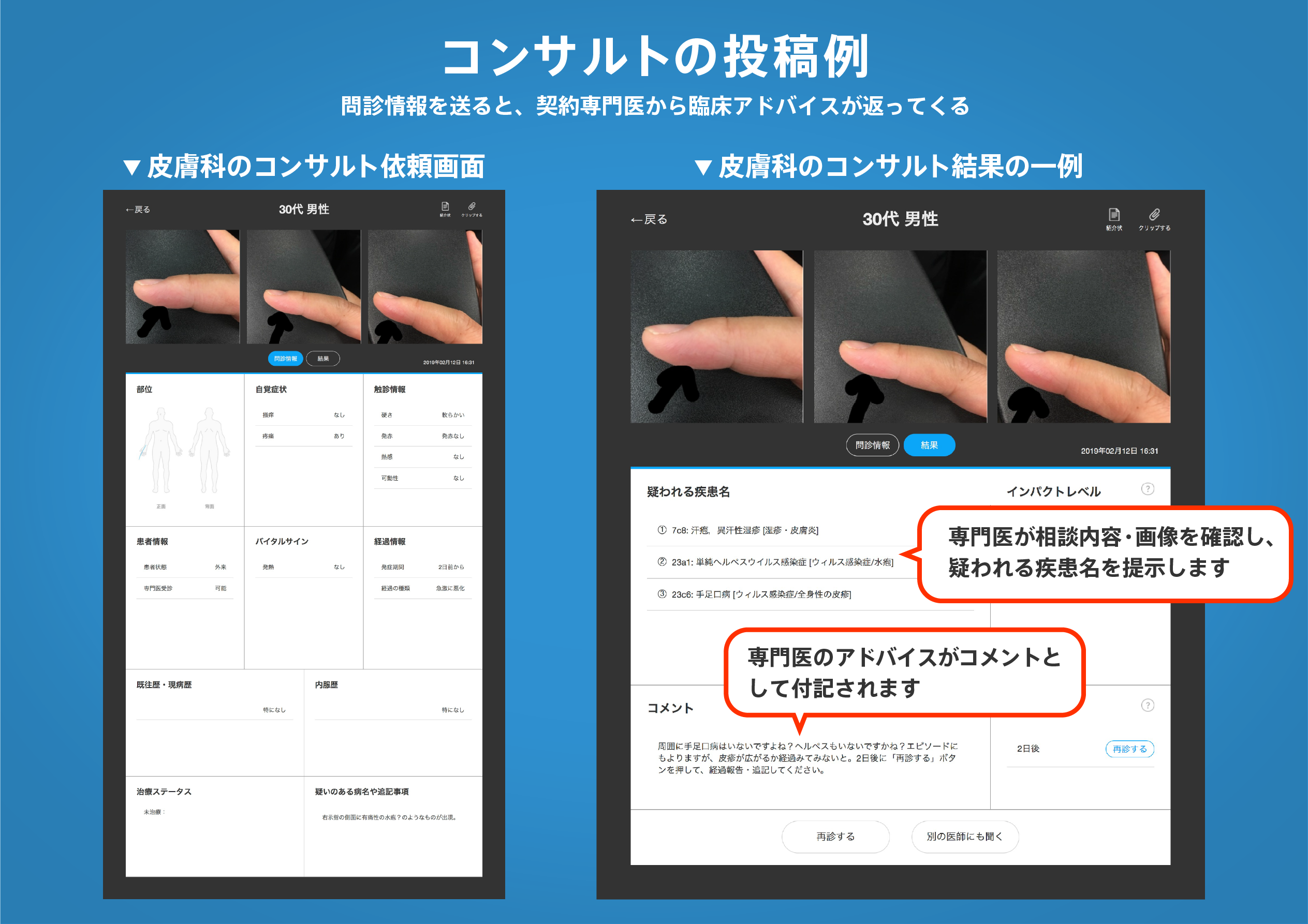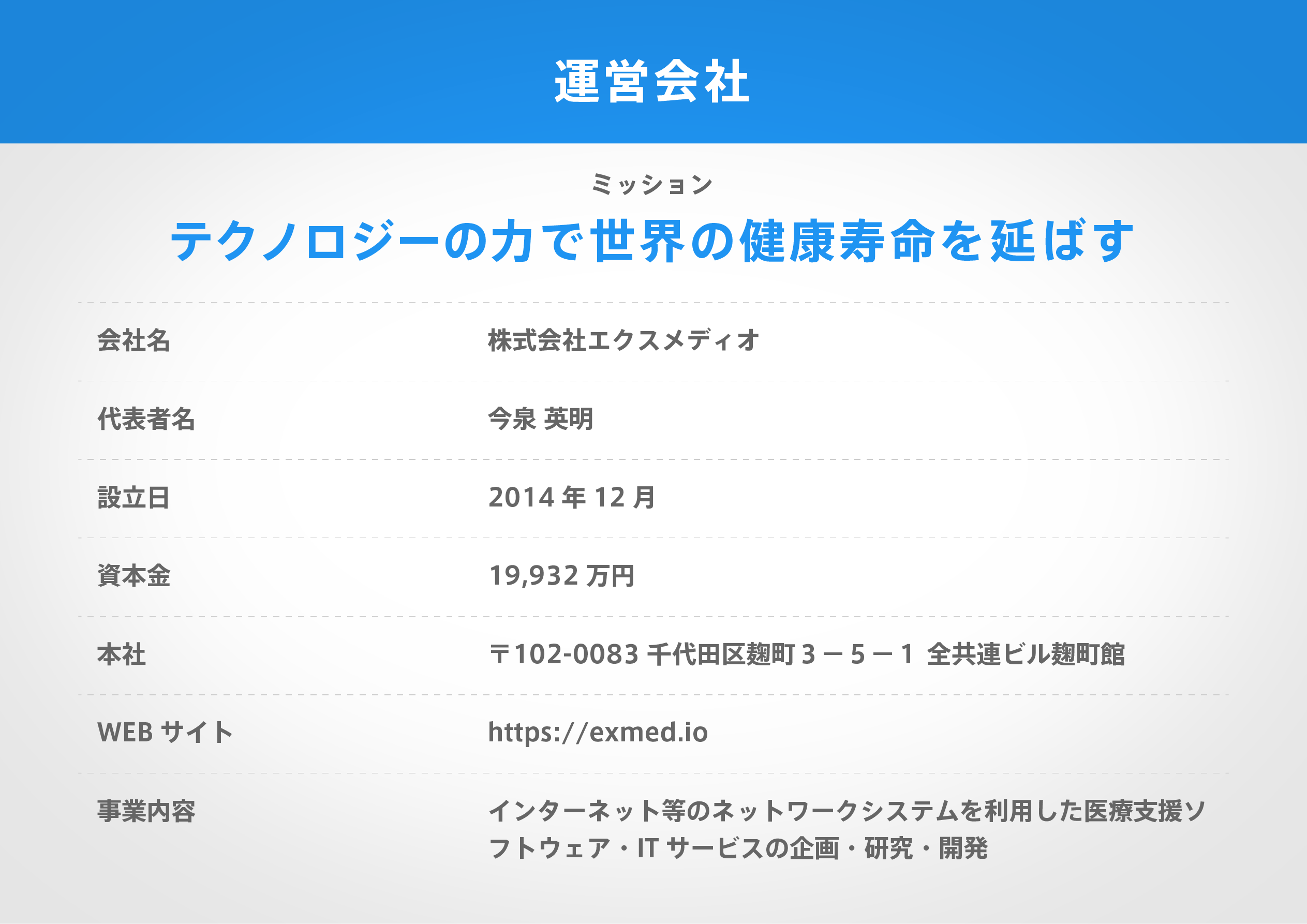著名医師による解説が無料で読めます
すると翻訳の精度が向上します
超微細構造の筋肉損傷である遅延発症筋肉痛(DOMS)は、筋肉のパフォーマンス障害の最も一般的な理由の1つです。この研究の目的は、DOMSの文脈における運動誘発性筋肉内浮腫の発達に対するスポーツ圧縮衣服の影響を調査することでした。DOMSは、15人の健康な参加者に誘導されました。参加者は、ふくらはぎの筋肉の標準化された偏心運動を行いました。磁気共鳴イメージング(MRI)はベースラインおよび運動後60時間で実行されました(T2強調信号強度とT2緩和時間を各コンパートメントで評価し、胃胞子筋の内側ヘッドの筋肉内浮腫をセグメント化しました)。運動後、従来の圧縮衣服(18-21 mmHg)を1つのランダム化子牛に60時間置きました。筋肉痛のレベルは、視覚的なアナログ疼痛スケールを使用して評価されました。T2強調信号強度、T2弛緩時間、筋肉内浮腫は、ベースラインと比較して、フォローアップ時の胃胞子筋の内側ヘッドにおける信号強度/筋肉内浮腫の増加との時間に対して有意な相互作用を示しました。時間と四肢の間の圧縮または相互作用の重要な主な効果は発生しませんでした。さらに、ソレウス筋肉と腹筋筋の外側頭部に有意差はありませんでした。運動後、安静状態の下肢の両方で筋肉痛みが大幅に増加し、階下に行き、足首関節の可動域が減少しました。圧縮された子牛と非圧縮子牛の間に有意な差は観察されませんでした。私たちの結果は、DOMが誘導された後に従来の圧縮衣服を着用することは、筋肉浮腫、筋肉痛、可動域、子牛周囲の発症に有意な影響を与えないことを示しています。
超微細構造の筋肉損傷である遅延発症筋肉痛(DOMS)は、筋肉のパフォーマンス障害の最も一般的な理由の1つです。この研究の目的は、DOMSの文脈における運動誘発性筋肉内浮腫の発達に対するスポーツ圧縮衣服の影響を調査することでした。DOMSは、15人の健康な参加者に誘導されました。参加者は、ふくらはぎの筋肉の標準化された偏心運動を行いました。磁気共鳴イメージング(MRI)はベースラインおよび運動後60時間で実行されました(T2強調信号強度とT2緩和時間を各コンパートメントで評価し、胃胞子筋の内側ヘッドの筋肉内浮腫をセグメント化しました)。運動後、従来の圧縮衣服(18-21 mmHg)を1つのランダム化子牛に60時間置きました。筋肉痛のレベルは、視覚的なアナログ疼痛スケールを使用して評価されました。T2強調信号強度、T2弛緩時間、筋肉内浮腫は、ベースラインと比較して、フォローアップ時の胃胞子筋の内側ヘッドにおける信号強度/筋肉内浮腫の増加との時間に対して有意な相互作用を示しました。時間と四肢の間の圧縮または相互作用の重要な主な効果は発生しませんでした。さらに、ソレウス筋肉と腹筋筋の外側頭部に有意差はありませんでした。運動後、安静状態の下肢の両方で筋肉痛みが大幅に増加し、階下に行き、足首関節の可動域が減少しました。圧縮された子牛と非圧縮子牛の間に有意な差は観察されませんでした。私たちの結果は、DOMが誘導された後に従来の圧縮衣服を着用することは、筋肉浮腫、筋肉痛、可動域、子牛周囲の発症に有意な影響を与えないことを示しています。
Delayed-onset muscle soreness (DOMS), an ultrastructural muscle injury, is one of the most common reasons for impaired muscle performance. The purpose of this study was to investigate the influence of sport compression garments on the development of exercise-induced intramuscular edema in the context of DOMS. DOMS was induced in 15 healthy participants. The participants performed a standardized eccentric exercise of the calf muscles. Magnetic resonance imaging (MRI) was performed at baseline and 60h after exercise (T2-weighted signal intensity and T2 relaxation time was evaluated in each compartment and the intramuscular edema in the medial head of the gastrocnemius muscle was segmented). After the exercise, a conventional compression garment (18-21 mmHg) was placed on one randomized calf for 60h. The level of muscle soreness was evaluated using a visual analogue pain scale. T2-weighted signal intensity, T2 relaxation time and intramuscular edema showed a significant interaction for time with increased signal intensities/intramuscular edema in the medial head of the gastrocnemius muscle at follow-up compared to baseline. No significant main effect for compression or interaction between time and limb occurred. Further, no significant differences in the soleus muscle and the lateral head of the gastrocnemius muscle were noted between limbs or over time. After exercise, there was significantly increased muscle soreness in both lower legs in resting condition and when going downstairs and a decreased range of motion in the ankle joint. No significant difference was observed between the compressed and the non-compressed calf. Our results indicate that wearing conventional compression garments after DOMS has been induced has no significant effect on the development of muscle edema, muscle soreness, range of motion and calf circumference.
医師のための臨床サポートサービス
ヒポクラ x マイナビのご紹介
無料会員登録していただくと、さらに便利で効率的な検索が可能になります。

